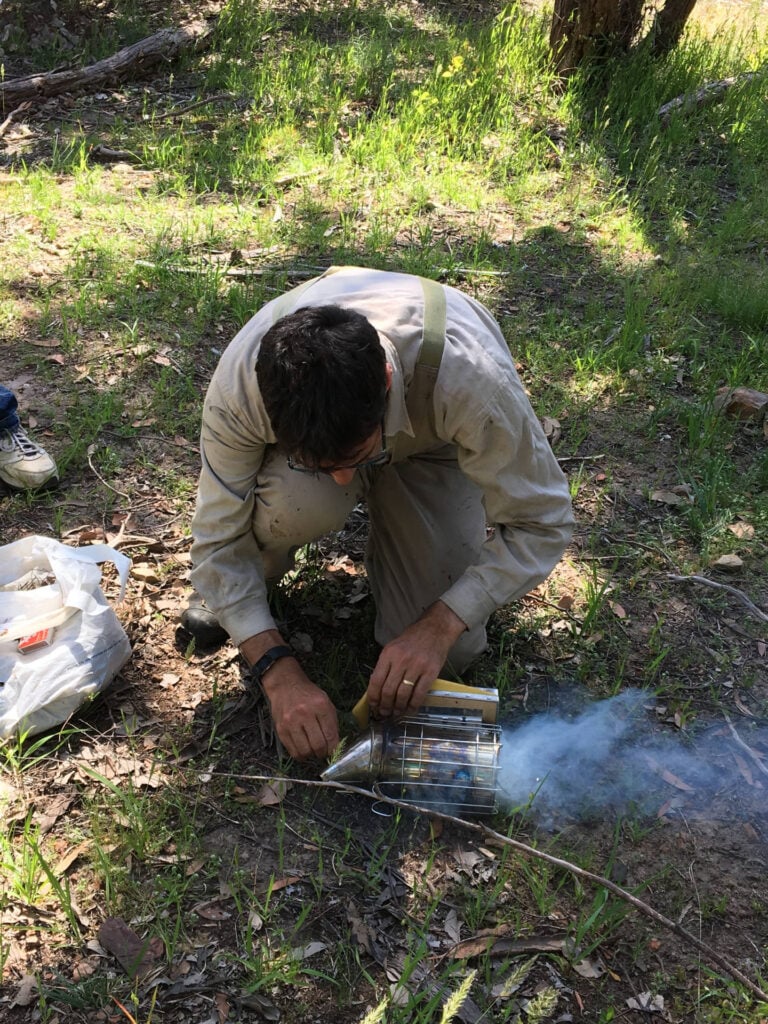Con Pape, now in his early 60s, and Demos Michalopoulos, in his mid-50s, are engineers and hobby beekeepers. Their “mathematical and engineering” brains, as Con puts it, make beekeeping a fascination. More than just a hobby, it’s a way of maintaining an ancient Greek tradition passed down by their elders.
Con is also a surfer, having taken it up “as a midlife crisis.”
“I am almost 62, and I never looked back now, and Bells Beach and Torquay my favourite areas.”
A sting of legacy: Beekeeping as inheritance and tribute
Con has been keeping bees for “just shy of 20 years” and learnt from his father-in-law. Demos has been at it longer and learnt from his late father.
“My dad said come and learn when I was a kid,” Demos says.
Con says his father-in-law had been a beekeeper since childhood, and for Demos beekeeping remains a tribute to his late father.
Con says his father-in-law realised how much he loved honey, and “he took me round the back into his bees”.
“He grabbed a bee and he put it on me, and it stung me, then said, ‘Okay you haven’t died so you must be okay to keep bees,’ and that was the beginning.”
There’s something unique about beekeepers—a certain level of detailed thinking and patience is necessary.
“I’m a patient guy and as an engineer beekeeping involves methodically thinking things through.
“There’s mathematical component and bees are very mathematical. The way they structured the hive as well, an element of bee social structure that people can relate to, and understand that way bees get jobs done,” says Con.
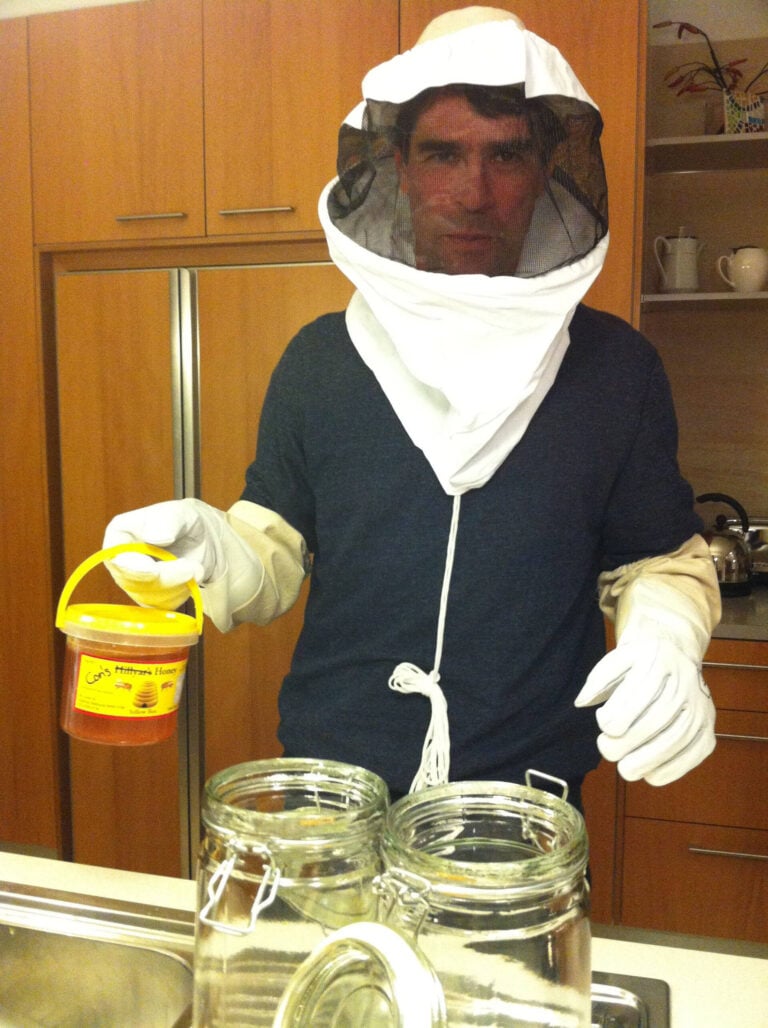
Engineering logic meets the hive mind
The engineers – Demos and Con – are intrigued by the complex social system bees have.
“It’s not just individual, it’s a whole system,” says Con.
“The queen bee is a part of the system; her primary function is to lay eggs; the worker bees actually orchestrate the whole thing.”
Con says female bees represent 99 per cent of a beehive and “control how they feed the queen and look after the queen.”
“They keep her isolated and tend to her, make sure that the whole beehive is looked after including protecting it. Sentry bees hanging out near the front protecting the hive.”
He adds that there are bees that “nurture the young as they’re born and must be the worker bees that go off and forage and come back with the nectar in their pollen.”
“When you think about the whole intricacy of the system and what goes on, that’s always fascinated me. I enjoy watching them, come and go as well as the honey production.”
“Honey in the end is the key aspect, so how much honey is produced depends on the season,” Con adds.

Demos, who got into beekeeping because his father “used to do it and he passed,” was the only one who used to help him.
“I keep on doing it as a testament to my dad but sometimes I think about how long I will, because it takes too much time. You need help sometimes and it gets a bit difficult doing stuff on your own.”
He loves “the way bees work – they all have their own set task and function.”
Con points to climate change and its impact on his bees.
“Over the last few years productivity is down, especially compared to 10 years ago when I had my best yield out of a beehive—it was just shy 100 kg honey in one season.”
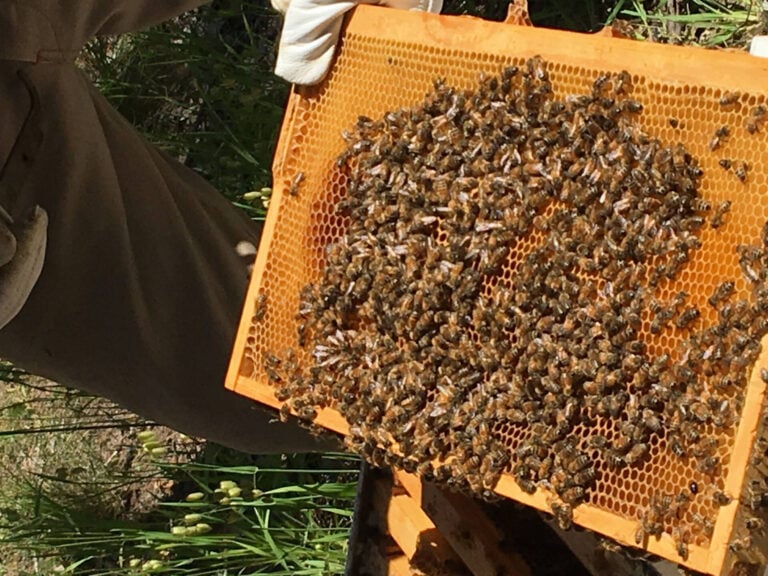
Honey, seasons, and a shifting climate
Bees are an environmental gauge Con says.
“Pollution and climate change have changed the way flowers blossom, and when they blossom, it’s confusing the bees.”
Many trees and flowers have begun to bloom out of season, which has disoriented Con’s bees.
“My poor bees delayed the production of their honey, from spring ready to go and there’s nothing there and it didn’t come until late summer.
“At the start of winter, we’re getting honey, when normally the best season supposed to be spring and summer.”
Con and Demos keep European bees, which produce larger yields of honey. Some Australian native bees—smaller black ones—don’t sting but also produce honey.
“The yield is nothing compared to what you will get from European bees – it’s not viable to try and keep native bees,” Con says.
The taste of honey depends on the variety of flowers and the type of pollen, both men say.
“When I have had high yields, I gave honey away.
“I love the flavour of my honey because it’s floral and it hasn’t been adulterated in any way.”
Con nor Demos do not pasteurise their honey—they want it pure.
“All the nutrients and all the enzymes are still in there because it’s raw honey. A lot of imported honey can be mixed with things like corn syrup and other syrups because they’re cheaper to manufacture,” says Con.
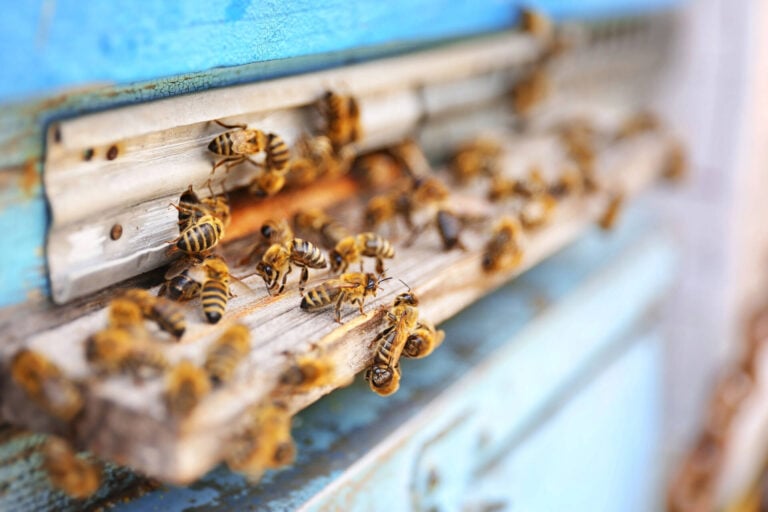
Hands-on craft, fading knowledge
Demos notes that the whole process is very time-consuming and requires hands-on help.
“You take out the frames from the hive, and you pass them to someone inside the house so that you can go and get the rest, then you need to cut the cells manually, put it into extractor which uses centrifugal force: a spinning drum holds a basket of frames, and as it whirls, honey is flung outwards while the wax comb remains undamaged and reusable for the bees.”
He uses a manual extractor, which means “hands-on-deck” is essential.
We often see beekeepers in protective clothing and using smokers to calm the bees. Demos says it’s about making them “a little bit calmer.”
“The purpose of smoking the beehive is to take some honey out and you need to open it up, or, it might be just an inspection, so when you’re taking the frames out of the beehive so you can process them, you smoke them.
“They go into a different state, they calm down and recess back inside the beehive rather than attack you, like the grizzly bear that’s trying to steal honey.”
He adds, “You can’t put too much smoke in there.”
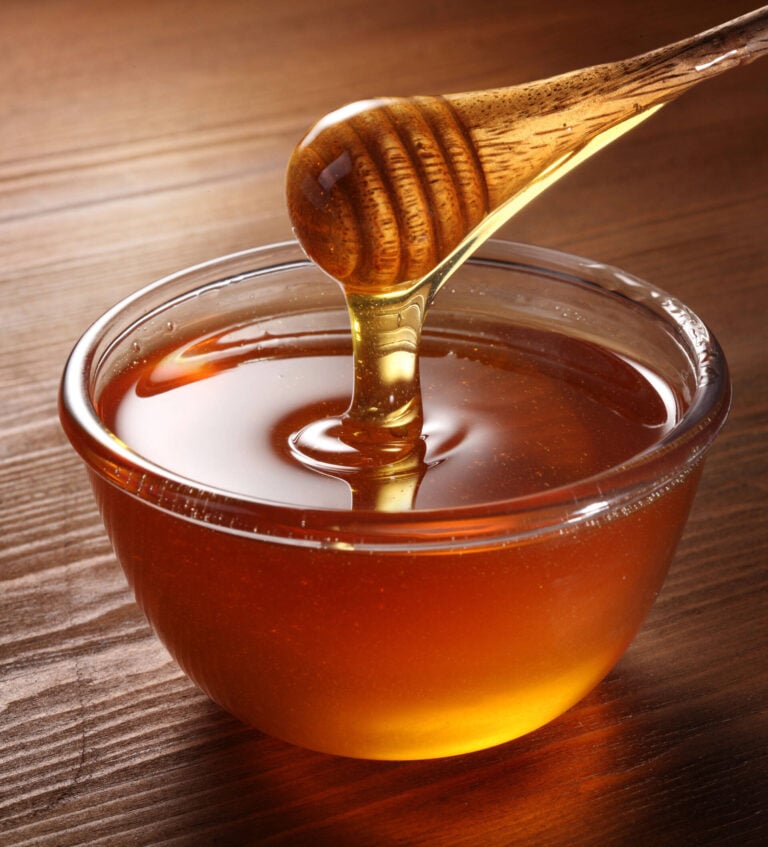
Though Demos loves producing honey and honouring his father’s legacy, he’s not optimistic about it continuing. All the knowledge he has of beekeeping, he says, will “go to ground” with him.
“Our busy modern lives make it difficult to keep bees, you need to be interested and you need to have time.”
When he was younger, he used to attend bee club meetings.
“I went to a few meetings but even then, everyone except me was older.”
Both Con and Demos are hobbyist beekeepers—engineers by trade, drawn to the bees’ order and complexity, and bound by tradition.
Beekeeping is more than honey—it’s memory, legacy, and the buzz of nature kept alive by those willing to listen.
